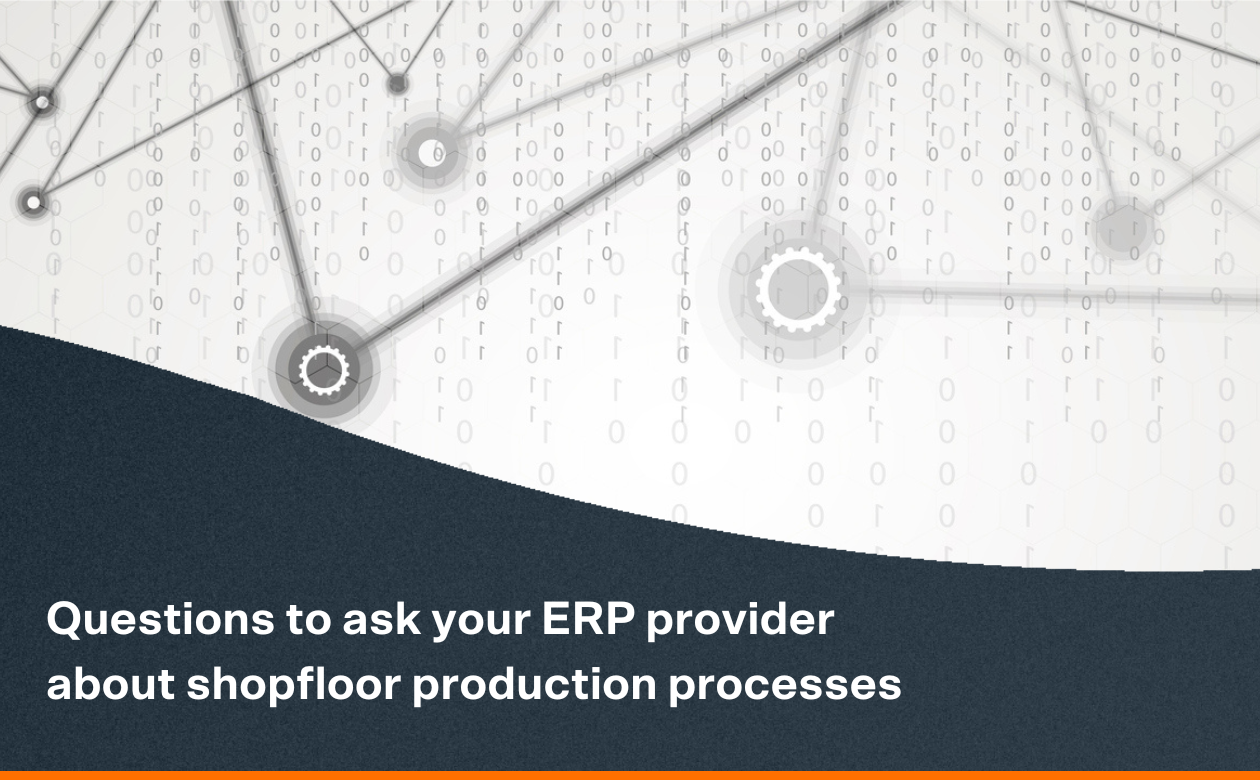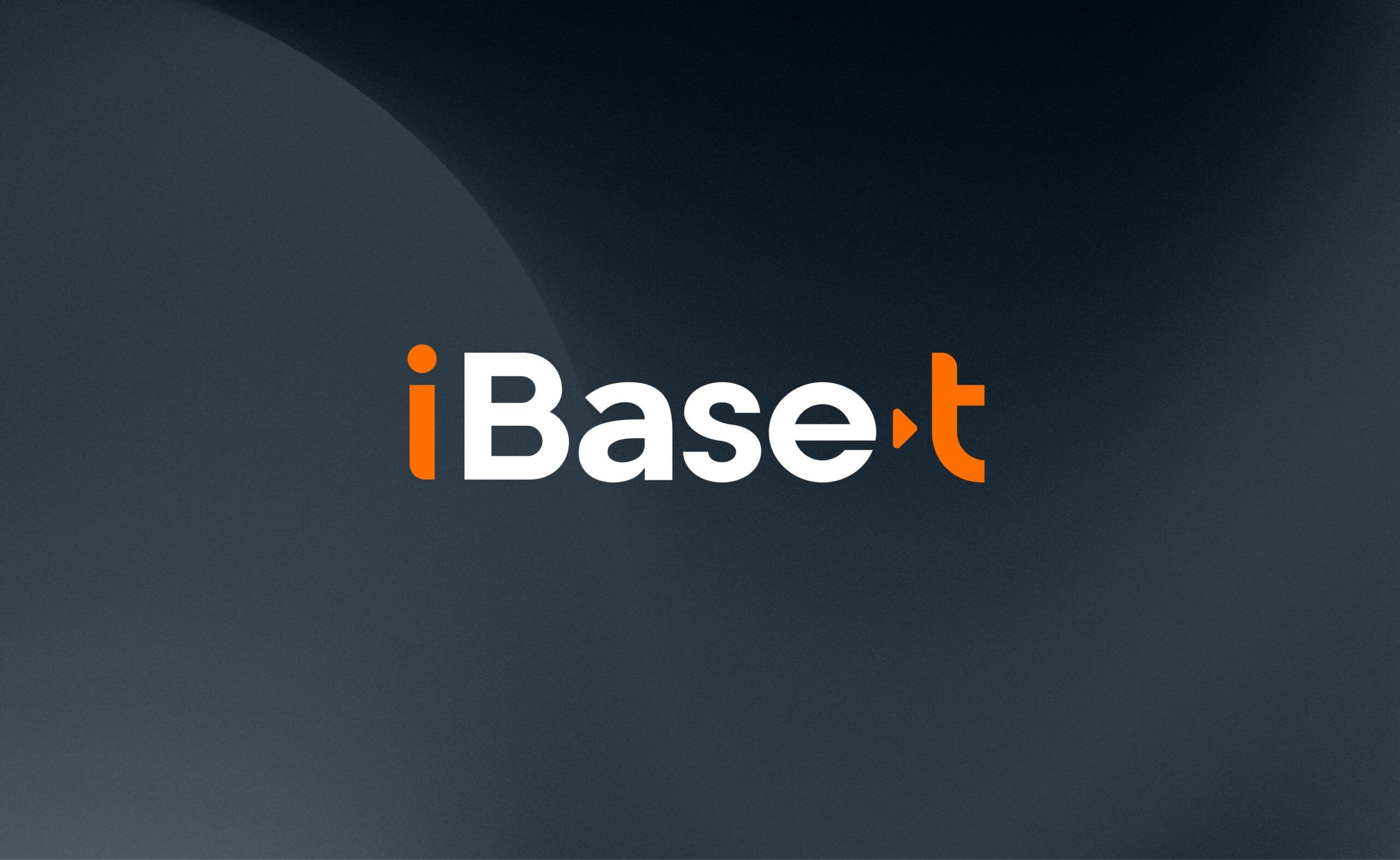
While the field of Economics is largely theoretical, many concepts can help quantify difficult decisions. Opportunity cost is a great example. You can apply this methodology to better understand the full impact of considering a purchase of a Manufacturing Execution System or MES. Sometimes competing priorities can make this purchase difficult to justify. Those managing manufacturing operations might think it better to delay an MES Software upgrade, especially if their existing solution provider promises great things will be available in five years if they wait. Understanding the opportunity cost or risk of deferring an MES Software upgrade, however, might lead you to a different conclusion.
What is an Opportunity Cost?
To start this discussion, let’s define “opportunity cost.” Wikipedia states that “Opportunity cost is the loss or the benefit that could have been enjoyed if the alternative choice was chosen.” So, with every decision you make there are two repercussions: What directly results from making that decision, and what indirectly results, as a cost of not doing an alternative decision.
For example, if you chose to purchase a Tesla today, you likely will pay a higher price than another comparable, less luxurious car today. But, as part of that decision, you will pay less for gasoline and maintenance costs, will generate less pollution, and could benefit from a lower depreciation rate than a traditional new vehicle. In this case, choosing the alternative decision might have cost you more money in the long run, despite paying a higher up-front cost. The point is to consider the costs and benefits of making a decision and doing the alternative when making an important decision.
The Risk or Cost of Deferring the Reward of an MES Software Purchase or Upgrade
Let us now apply the concept of opportunity cost to an MES purchase or upgrade. To illustrate, I’ll present two scenarios:
- Manufacturer Alpha – has an existing set of manufacturing systems that work fine but have not been upgraded in ten years. The Alpha team knows they need to do a refresh. They plan to wait five more years, at which point they will buy a new system from their existing supplier, which has promised will be ready by that time.
- Manufacturer Beta – has the same system as the Alpha team, operates in the same industry, and sells to the same customers … but they decide to invest today in a new MES instead of waiting five years.
Assumptions
Here are the assumptions used in this scenario:
- The MES project is part of a broader digital transformation strategy, with executive buy-in
- The MES deployment time takes one year before fully functional across all plants
- The MES Software chosen by the Beta team has a microservices architecture, so can be incrementally improved over time as often as needed
- All necessary resources are available to complete the current install or future upgrades
- The economy does not enter a substantial recession for the five years of this analysis
The Reward of a New MES
The following benefits are assumed to be possible upon the successful implementation of a new MES:
- Customer Satisfaction Improves
- Employee Productivity Increases
- Business Process Efficiency Gains
- On-time Customer Delivery Improves
- Customer base increases, resulting in more profit
To quantify the value of the above benefits, let’s hypothetically assume a three percent improvement is possible on all metrics. With this logic, here is what could be the impact to the bottom line from the above metrics:
- Customer Satisfaction Improvement of 3% could yield lower turnover, customer acquisition, and support costs, saving the company 3% of total costs
- Employee Productivity Increase of 3% could translate into saving the company 3% of costs
- Business Process Efficiency Gain of 3% could translate into saving the company 3% of costs
- On-time Customer Delivery Improves customer satisfaction; for this analysis, we will assume these cost savings are already included above in #1
- Customer base increases, resulting in greater profitability; we’ll assume this is already included above
Based on the above assumptions, we have the potential of saving 3+3+3 or 9 percent of costs every year. With a one-year implementation timeframe, these savings could be captured for four years by the Beta team, once live. Then, the Alpha team will start their MES upgrade. Following their one-year implementation, the Beta team will capture a total of five years of cost savings of 9 percent a year before the Alpha team catches up, reflecting the opportunity cost that Alpha pays to defer their decision.
Technology Obsolescence
Meanwhile, Manufacturer Beta will have enjoyed up to 15 new product enhancements, feature additions, or performance upgrades. The reason is that every year Alpha is locked into their legacy MES, Beta gets upgraded three times a year, a benefit attributable to picking a new, modern MES solution. New product updates rolled out every three to four months create enormous value for Beta, helping to contribute to further economic benefits year after year. Even though the opportunity cost to Alpha for not capturing this benefit was not quantified in this analysis, there certainly is value.
Read this related article, Reduce the Risk of an MES Deployment by Thinking like a Venture Capitalist
In conclusion, what should now be clear is that the decision to “do nothing” or defer the decision to upgrade an MES for five years has an opportunity cost tied to that choice. Depending upon the level of expected future benefits, these costs could be quite substantial. Manufacturers faced with a pending MES upgrade would be well advised to consider all opportunity costs before making their final decision.





